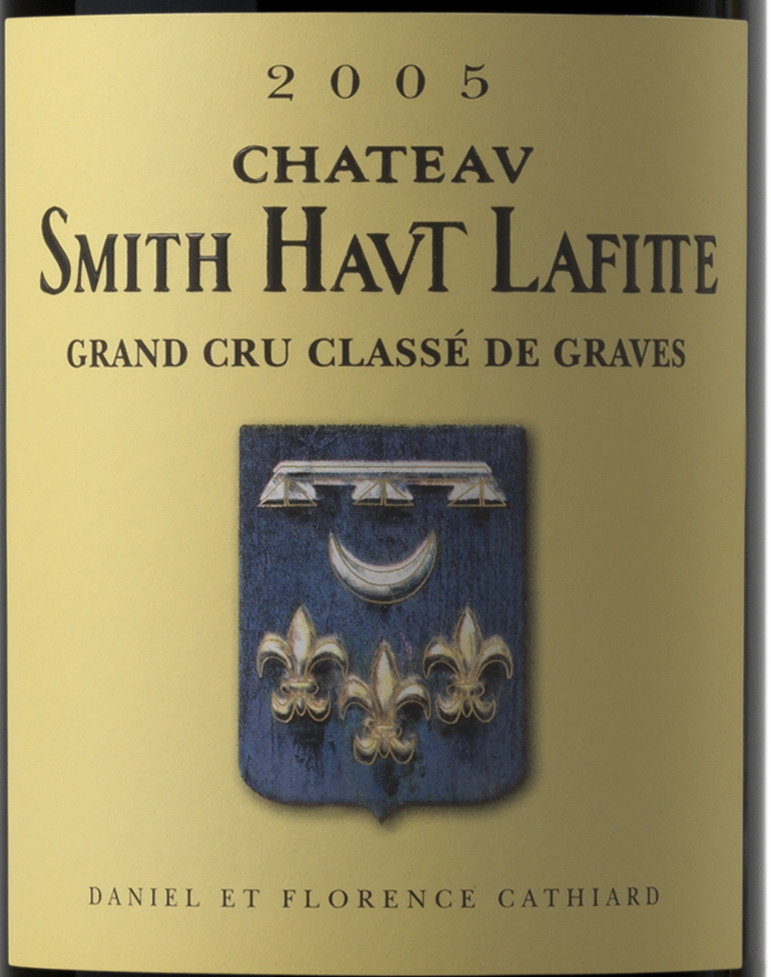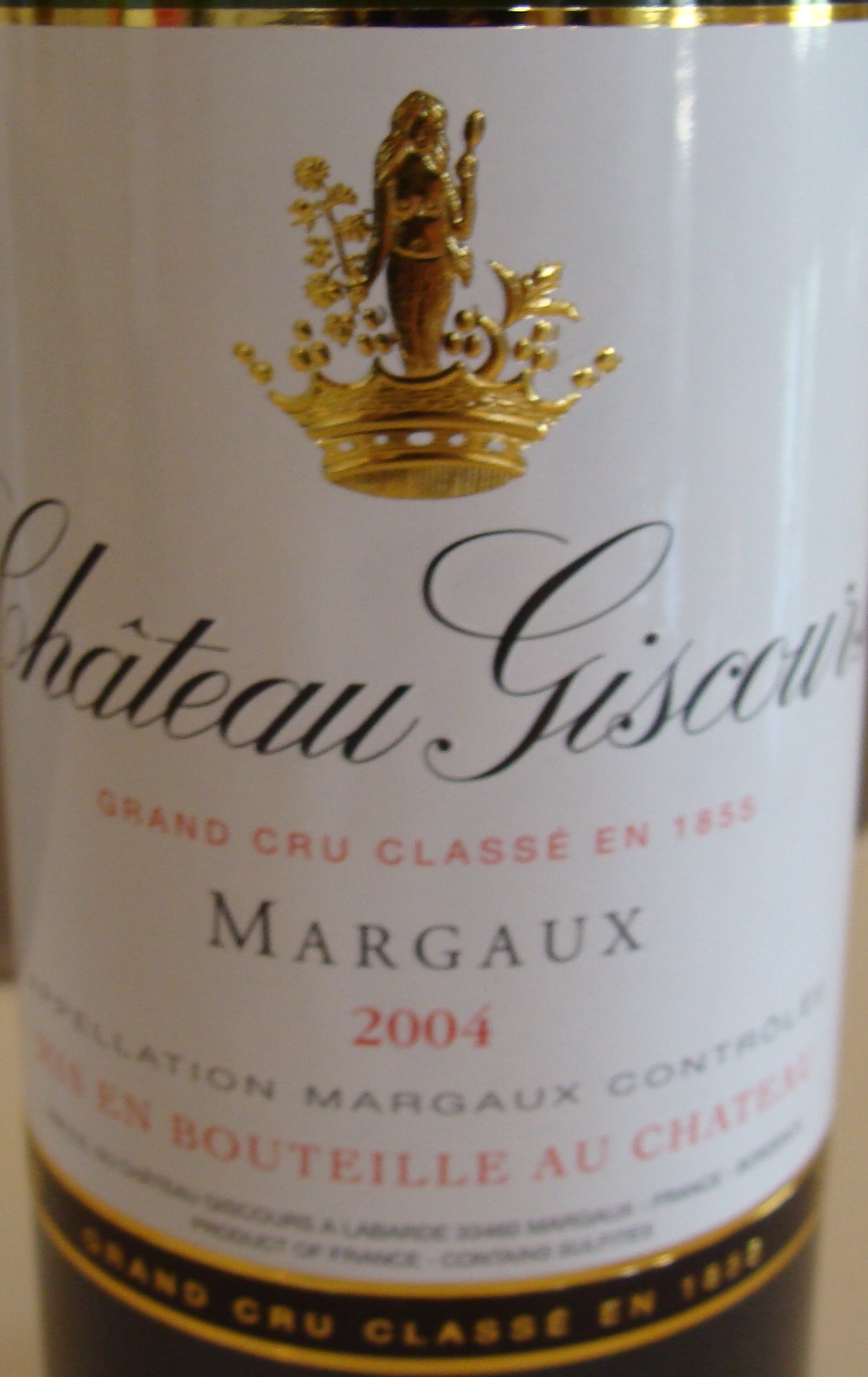Bordeaux Appellations
It may seem complex, but in fact the appellation system is much easier to apply in Bordeaux than in Burgundy.
The Bordeaux appellation system ( and of all France) is based on obeying fixed rules established by the Bordeaux Institut National d’Appellations d’Origine – INAO.
The core of the system is rooted in the location of the vineyard and whether it complies with the INAO standards set for this specific area.
The regulations aren’t just a bunch of concepts manufactured by an obsolete organisation. On the contrary INAO employs a wide array of wine experts, oenologists, geologists and analysts carefully discussing the potentials and handicaps of designated terroirs. On the basis of their inspection together with laboratory test results they work out the rules for each appellation.
A winemaker then has to consider for example which grape variety he can grow on his vineyard, a percentage of each of them and other aspects of the terroir.
I mentioned the word TERROIR and it is worth an explanation as it is one of the most used but also the most controversial jargons used by wine makers in France.
The disputable ‘winelese’ term doesn’t have any simple definition. L’Ecole Du Bordeaux defines terroir as:
1) soil – often only this aspect is mistaken as an oversimplified definition of the terroir
4) exposure – hill, flat, …
3) climate – micro-climate specific for a vineyard or specific area, influence of the proximity of the ocean, sun exposure, rainfall, wind, intensity of sunshine, …
4) human influence – biodynamic practices, wine maker’s treatment of the soil and vines,…
There are four degrees of appellations based on the extend of adherence to the determined rules from the INAO:

AOC = Appellation d’Origine Controlé – wine whose quality is controlled by the specific local rules set by the INAO
VDQS = Vin Délimité Qualité Supérieur – wine of which quality doesn’t adhere to all INAO rules but it is still typical for the country and is distinguishable characteristics
VIN DE PAYS= wine typical for the country
VIN DE TABLE = table wine suitable for basic consumption and not typical of the place
Considering the terroir carefully INAO established 57 AOC’s in Bordeaux. For example: Pauliac, Margaux, Saint Emillion, Pomerol, Médoc, Haut Médoc, …

There are five levels of AOC’s:
A Communal village – Paulliac, Margaux, Saint Estephe, Saint Julien, Listrac – Médoc, …
B Haut Médoc – the proximate area around the village AOC
C Médoc – the whole area of Médoc on the left bank of the river
D Bordeaux Superieur – wine from Bordeaux near to a distinguishable AOC area
E Bordeaux – just a wine made somewhere in the region of Bordeaux not adhering to any of the AOC rules

